What are the easiest and quickest fruit to grow? Here are five “fast fruit” shrubs and plants. We especially recommend berries for beginners. While fruit trees may sound tempting, they take many years to harvest and a lot of care, so try your hand at something a little simpler first!
Growing Fruit Trees
Years ago we planted a small orchard of mixed fruit trees—with mixed results.
- Peach trees were prolific but short-lived, and nectarines and plums never really amounted to anything before succumbing to disease. They were replanted only to die again so other plants have taken their places.
- The apple trees are faring better, but a few of the apple trees have croaked as well and the fruit from the survivors is best used for applesauce.
- Pears have been the best. However, took many years for our ‘Bartlett’ and ‘Bosc’ trees to bear True to the old saying “He (or she) who plants pears, plants fruit for their heirs,” the pear trees are finally very reliable and productive.
- Asian pears have been the best. They started to bear the second year after planting and are loaded with fruit every year. Nothing bothers them. No bugs, no disease, and the raccoons don’t give them a second look. Crisp and juicy, they are good keepers, lasting 2 weeks at room temperature and up to 5 months in the refrigerator.
Bottom-line: Asian pears are my recommendation for a fruit tree for the backyard gardener. Here’s information on how to grow Asian pears.
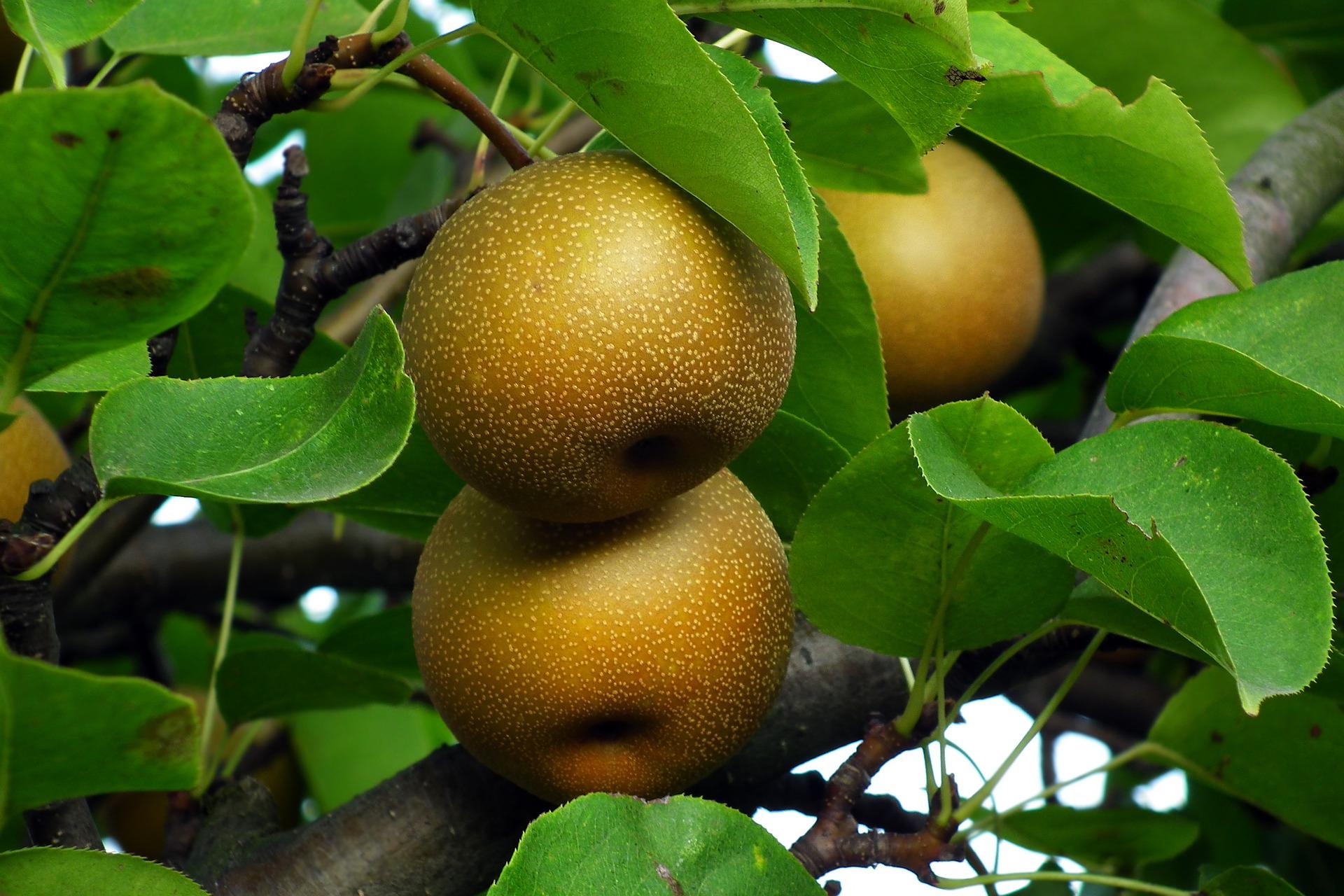
Needless to say, my adventures in orcharding have been frustrating but if you have been dreaming of a backyard full of apples, peaches, nectarines, and plums, by all means go ahead and get those trees planted.
While you wait for them to bear fruit you might want to add some of these “fast fruits” to your garden. You’ll have fruit to enjoy long before the trees are ready to harvest.
Fast-Growing Fruit Recommendations
- Highbush blueberries are a perfect plant for your edible landscape. A row of them makes a beautiful, long-lived hedge offering tiny white flowers in spring, fruit in summer, brightly colored leaves in fall, and interesting bark for winter. Plant the bushes 4 to 5 feet apart in a spot with full sun and well-drained, acidic soil. Mulch the plants with 2 to 4 inches of wood chips or coarse bark out to the dripline to protect their shallow roots and keep the soil moist during the first year while they get established. Container-grown bushes will give you a head-start over bare root plants and you will be able to start picking berries the next year. See the Almanac’s Blueberry Growing Guide for more information.
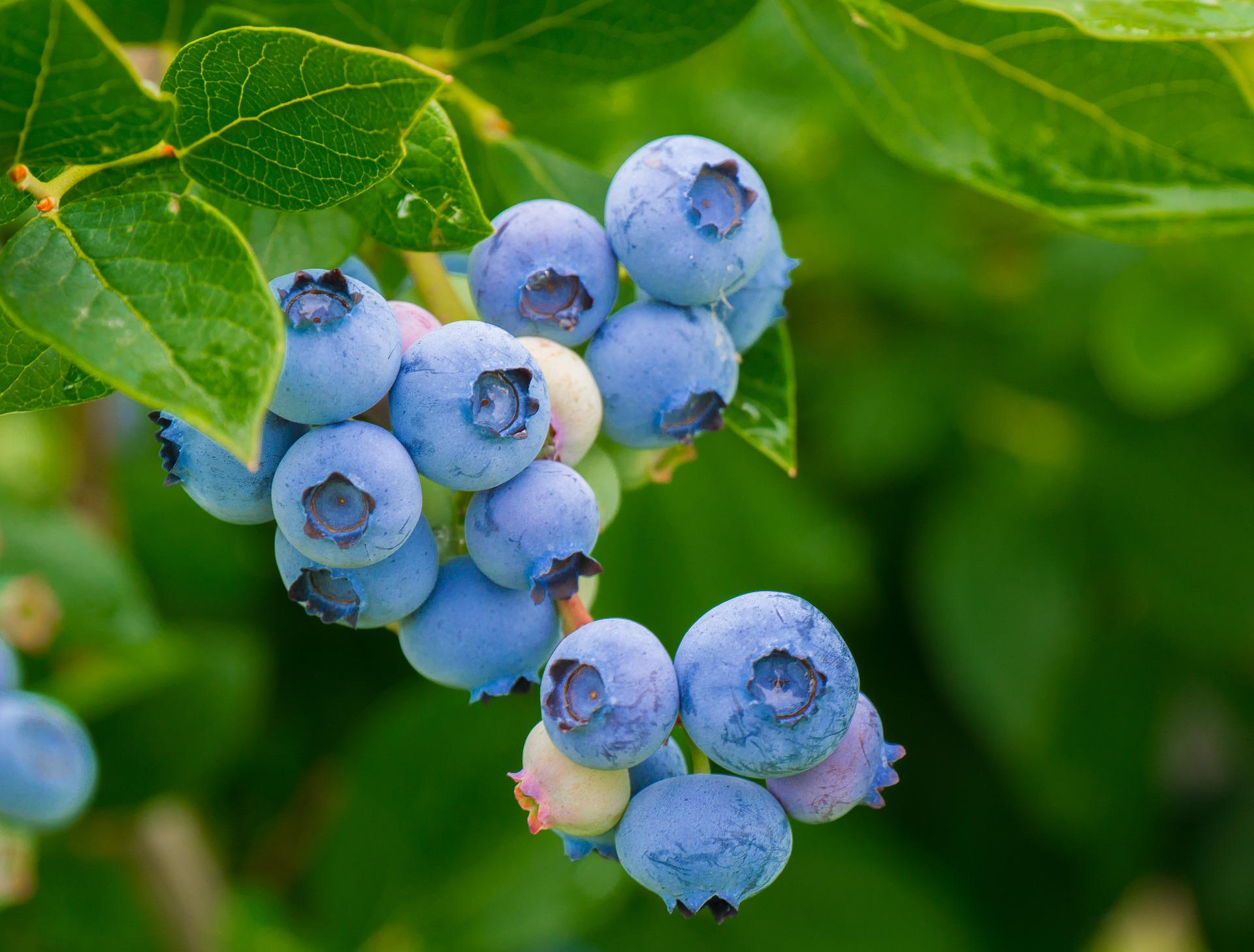
- Raspberries can be complicated, trying to figure out how to support them and which canes to cut when. Instead try growing fall raspberries; their care is easy. Just mow down or clip all the canes early in spring and by late summer or early fall they will be bearing plump red raspberries until frost. We have grown ‘Heritage Red’ with great success and if you want more color in your cereal bowl try ‘Fall Gold’. See the Almanac’s Raspberry Growing Guide for more information.
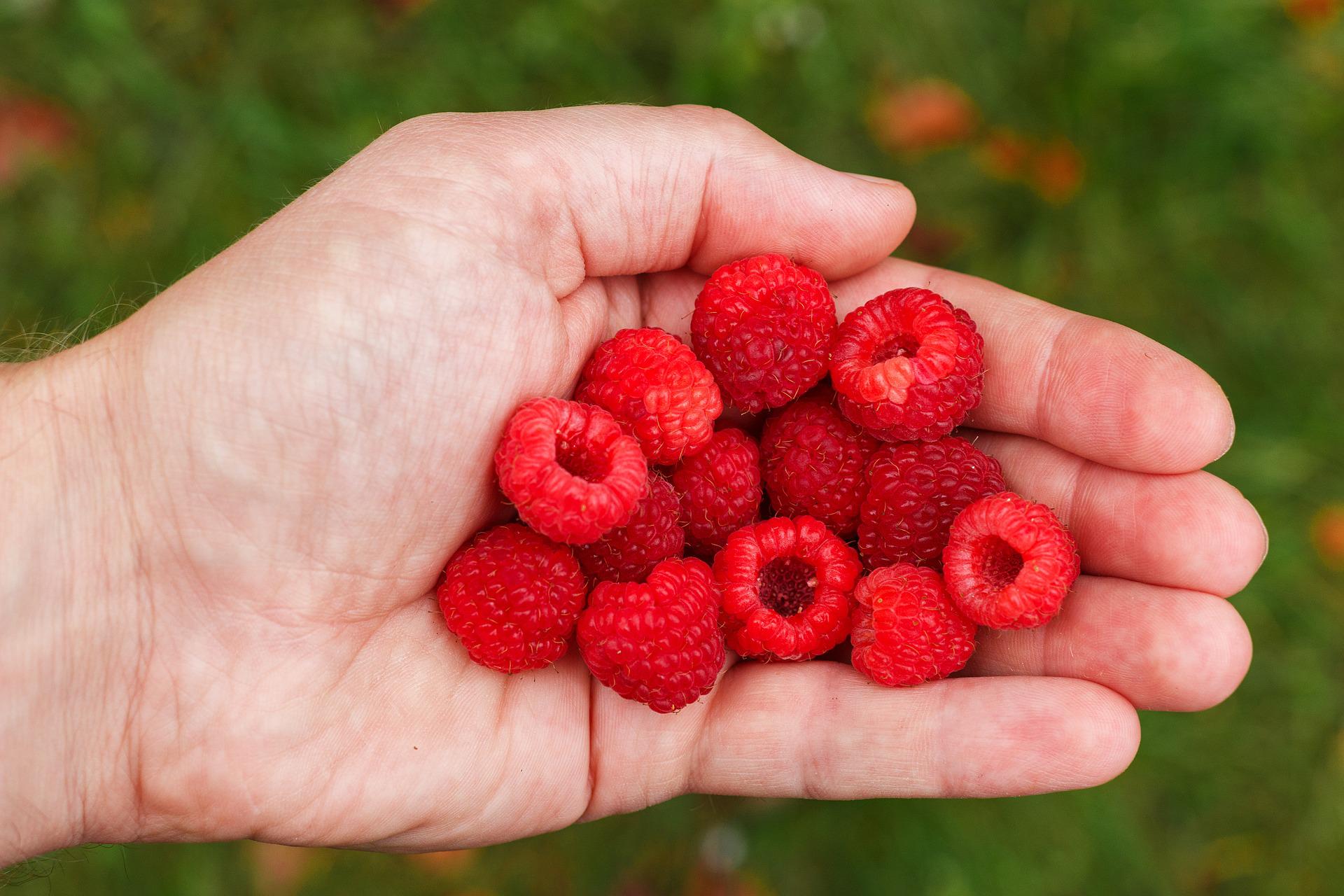
- Black currants surprised us with how fast they grew and how much fruit they produced. Extremely tart, they make excellent jelly once you strain out all those tiny seeds. Plant them 5 to 6 feet apart early in spring or 3 feet apart to form a fruiting hedge. Remove any blossoms that form the 1st year but by the 2nd year you should be able to start picking some fruit.
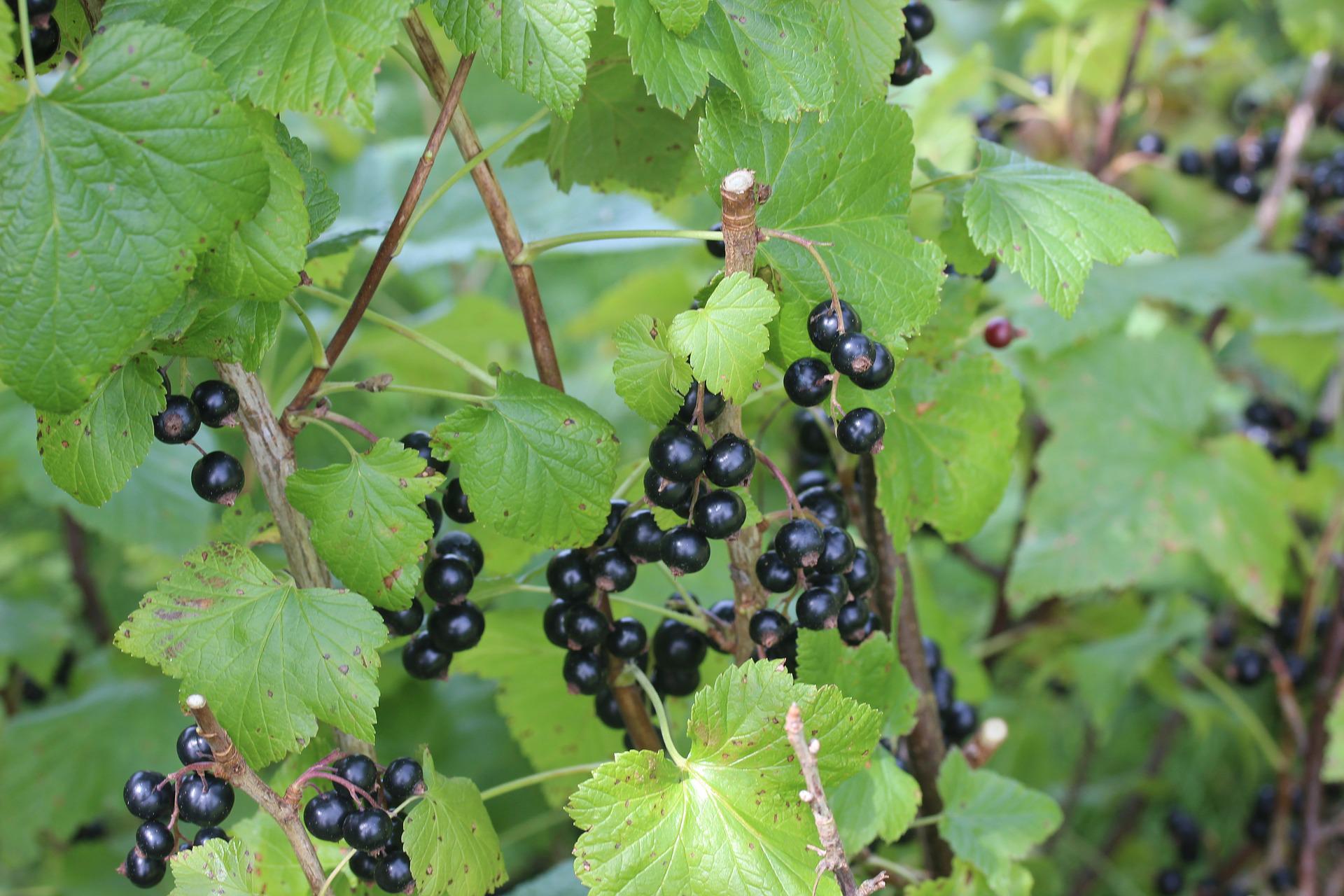
In many areas of the country, plants in the Ribes family, which includes currants and gooseberries, are considered “forbidden fruit” since they can host white pine blister rust, a serious disease of white pine trees. Check with local authorities before planting and look for disease resistant varieties.
- Strawberries are a springtime favorite but if you plant day-neutral varieties you can enjoy strawberries all season long. Unlike June-bearing types, day-neutrals are not affected by day length and will continue to blossom and bear fruit spring to fall. They need to be grown using a hill system instead of the matted row system recommended for June-bearing berries. In 24” wide raised beds, plant them two rows 12 inches apart. Space plants 8 inches apart in the rows, staggering them to give the plants the most room.
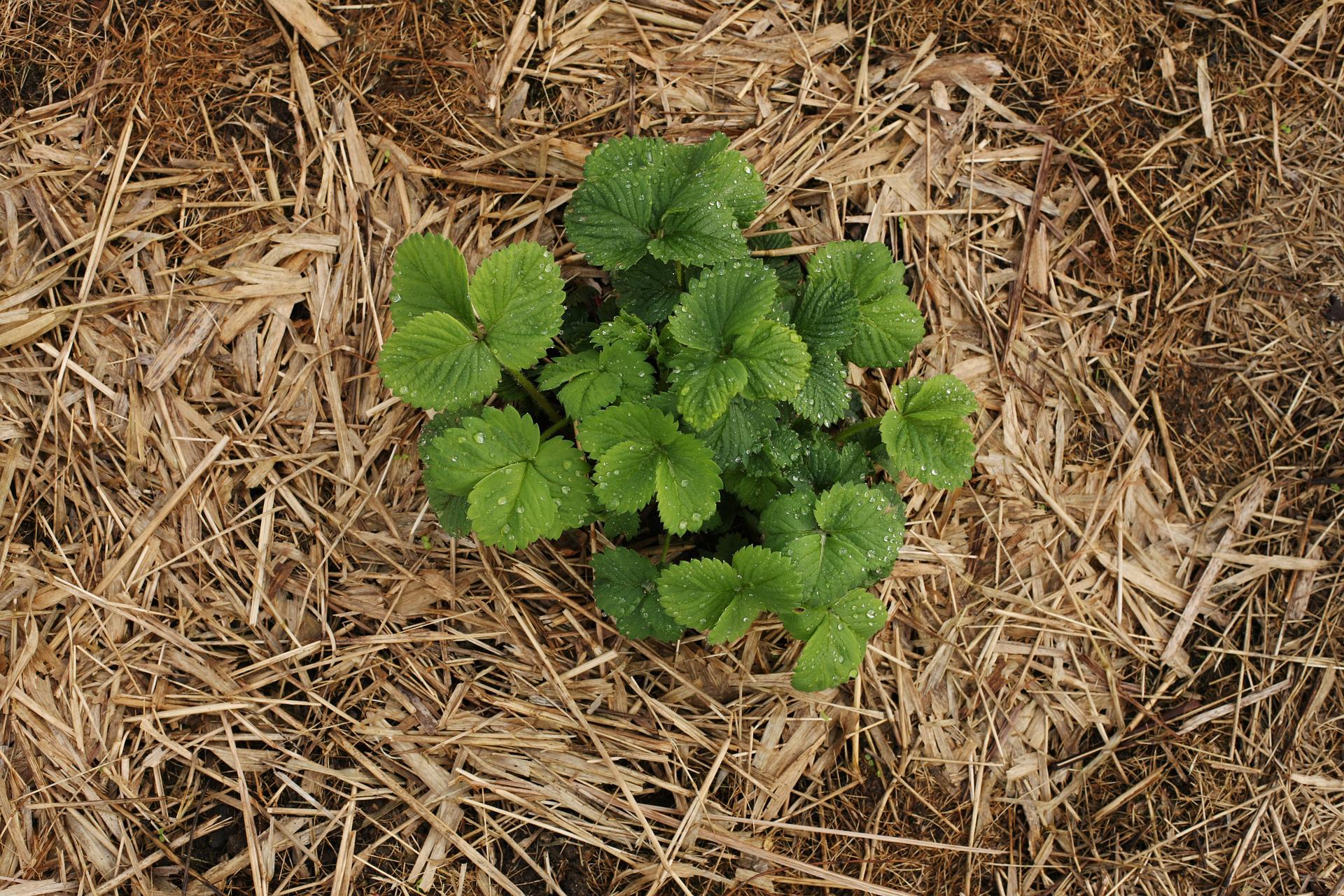
Mulch around the plants and pick off any blossoms that appear for 4 to 6 weeks after planting. Let the later blossoms develop fruit and you will be able to pick until frost the first year. Remove any runners that develop. This helps the plants to grow strong and produce large berries. It also makes for a neat bed that is easy to maintain. To prolong the season, cover the plants with tunnels of ventilated plastic or floating row cover. With proper care and fertilization the plants can last 3 to 6 years before you need to start a new bed. For more planting information, see the Almanac’s Strawberry Growing Guide.
- Rhubarb may be tart but it will be the first fruit you will harvest in the spring and strawberries and rhubarb are a match made in heaven! Great for cold-climate gardens, rhubarb is hardy to zone 1 but can be grown as far south as zone 7. It needs a sunny, fertile, well-drained location. Plant crowns with the buds no more than 2 inches below soil level and space plants 3-4 feet apart. Don’t cut more than 1/3 of the stalks on one plant at a time or you will weaken it. Since they are heavy feeders, top dress your plants with
well-rotted manure or compost spring and fall. For more information, see the Almanac’s Rhubarb Growing Guide.
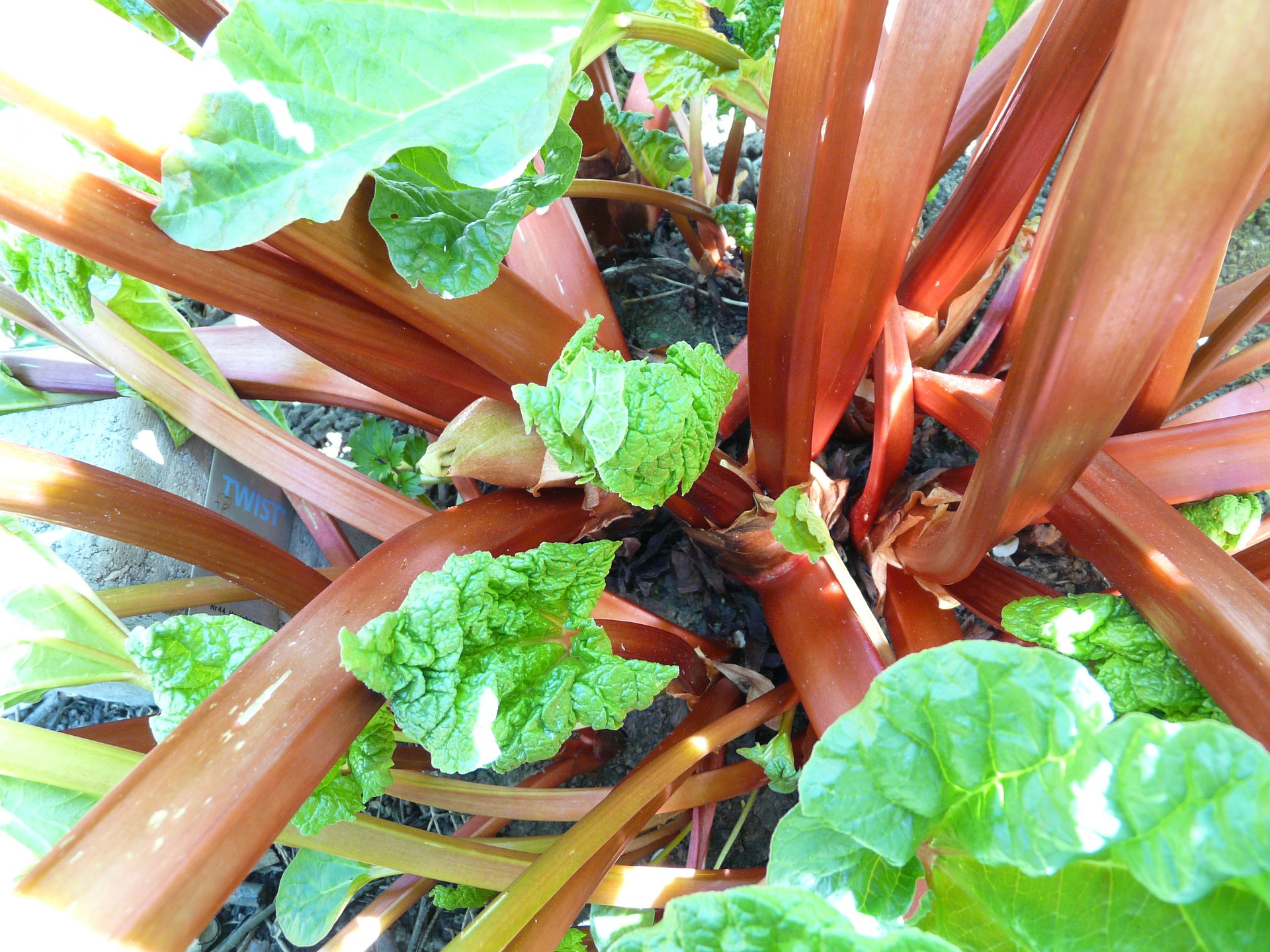
Only eat the stalks since rhubarb leaves and roots are poisonous.
Whatever fruits you choose to add to your garden, before you go out on a limb be sure to do your research about the level of care the plants require to be their productive best!
